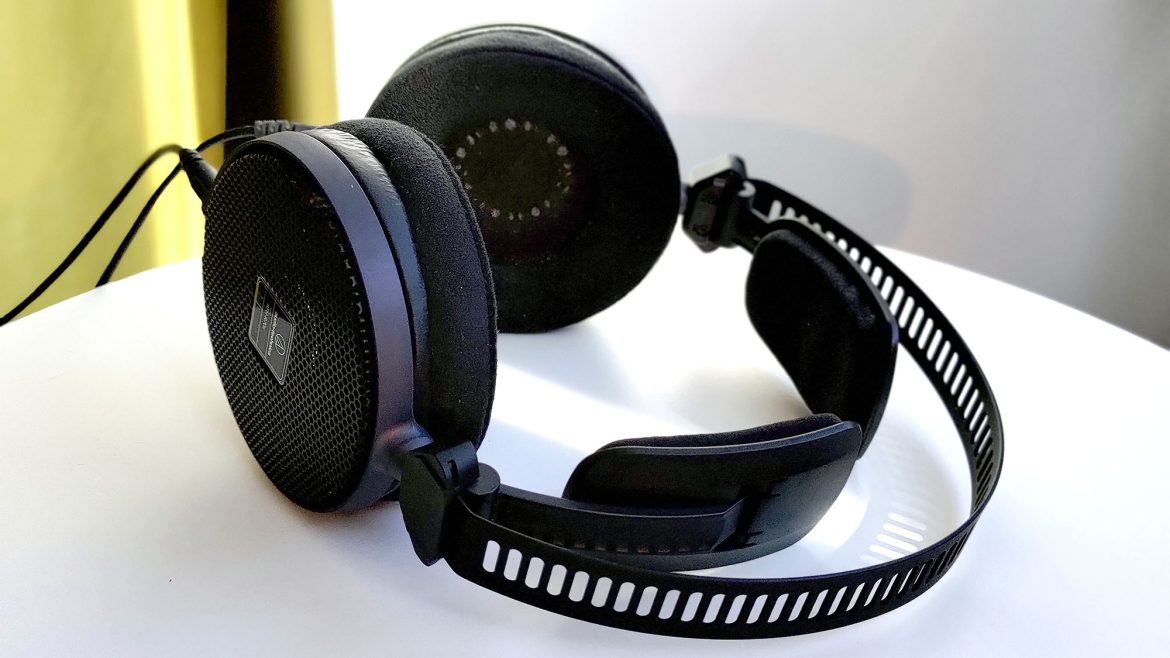TL;DR
Audio-Technica's ATH-R70x headphones boast an incredibly open design for fantastic ear ventilation and a feather-light feel thanks to their innovative wing suspension. They offer a surprisingly wide, expansive soundstage with well-defined bass, perfect for certain atmospheric tracks. However, their extreme openness means you'll hear *everything* around you, demanding a silent listening environment. They also require powerful amplification due to high impedance, and the comfort can degrade over time as they slip. The treble can be a bit muffled, and the expansive soundstage isn't ideal for all music. Discover if this unique, demanding headphone is the right fit for your setup.
The Audio-Technica ATH-R70x presents a unique combination of impressive, innovative, and solution-oriented design elements. Upon receiving the unit, we were eager to evaluate these aesthetically and technically compelling headphones. Our testing process revealed a duality; the ATH-R70x’s core strengths also manifest as its primary limitations. Join us as we explore these aspects in detail.
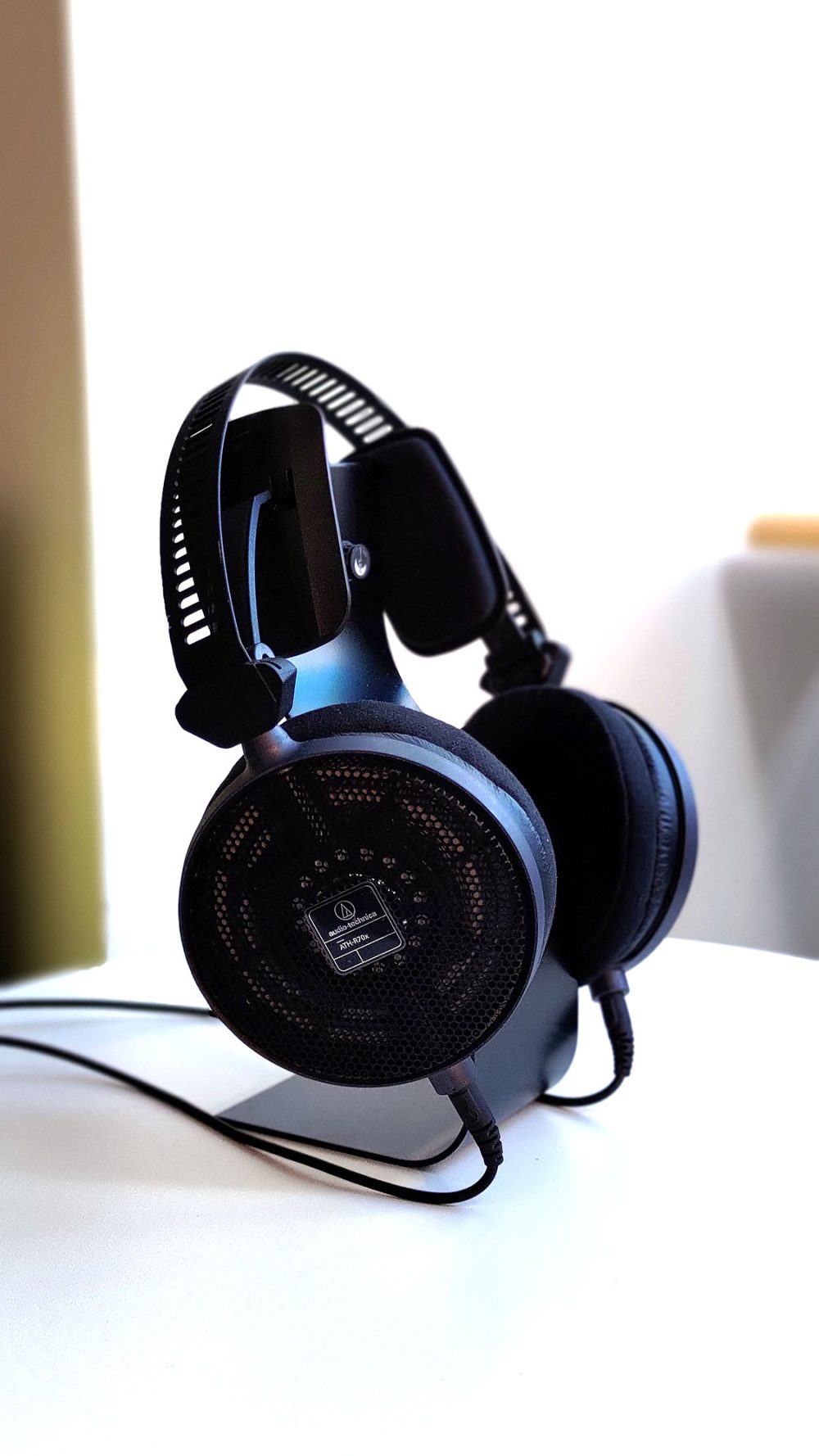
ATH-R70x Overview
The packaging included the expected accessories: a carrying bag, a 3-meter detachable cable with a 6.3 mm adapter, and the headphones themselves. The ATH-R70x features an open-back design that is exceptionally open compared to its competitors in the same category. This design results in minimal sound isolation, effectively minimizing the sensation of wearing headphones. The primary advantage is excellent ear ventilation; however, the trade-off is a more restricted usage environment. Optimal performance necessitates a completely quiet setting, free from distractions like refrigerators, external traffic, and even keyboard noise, as all ambient sounds are readily audible.
The design aesthetic is sleek and understated. Its subtlety, however, requires a moment to ensure correct orientation. The small, black lettering indicating the correct side is challenging to discern in low-light conditions.
The weight is a remarkable 210 grams, a characteristic immediately apparent when worn. The sensation is so minimal that, were it not for the audio output and gentle pressure around the ears, one might easily forget they are even there. The ATH-R70x employs an innovative wing suspension system (previously seen in the ADG1X) that automatically adjusts to the wearer’s head, ensuring a comfortable fit from the outset.
Conversely, the ATH-R70x presents a substantial 470 ohms of impedance, coupled with a sensitivity of 99 dB, posing significant power demands. Direct connection to mobile phones is insufficient. Tablets may offer marginal performance, but lack adequate headroom. Consequently, a dedicated DAC, headphone amplifier, or high-output sound card is essential to realize the ATH-R70x’s full potential. The frequency response spans a standard 5 – 40,000 Hz, driven by 45 mm drivers.
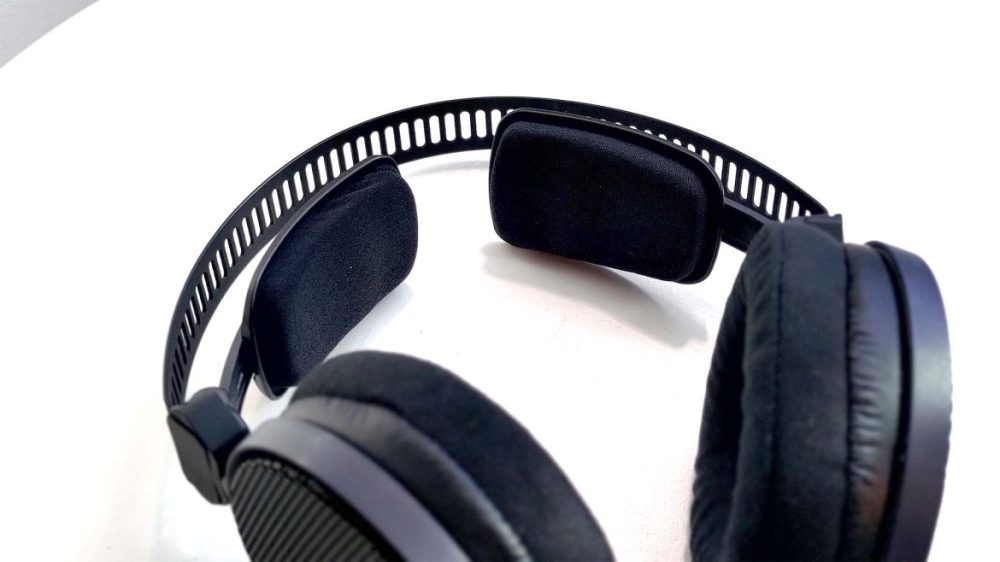
Comfort
Initially, the wing system, combined with the low weight, contributes to exceptional comfort. However, over extended use, the headphones tend to gradually slip downwards, causing them to rest on the ears. The wing spring tension proves insufficient to counteract movement and cable drag. This results in pressure on the ears, leading to discomfort over longer listening sessions, diminishing the initial positive impression.
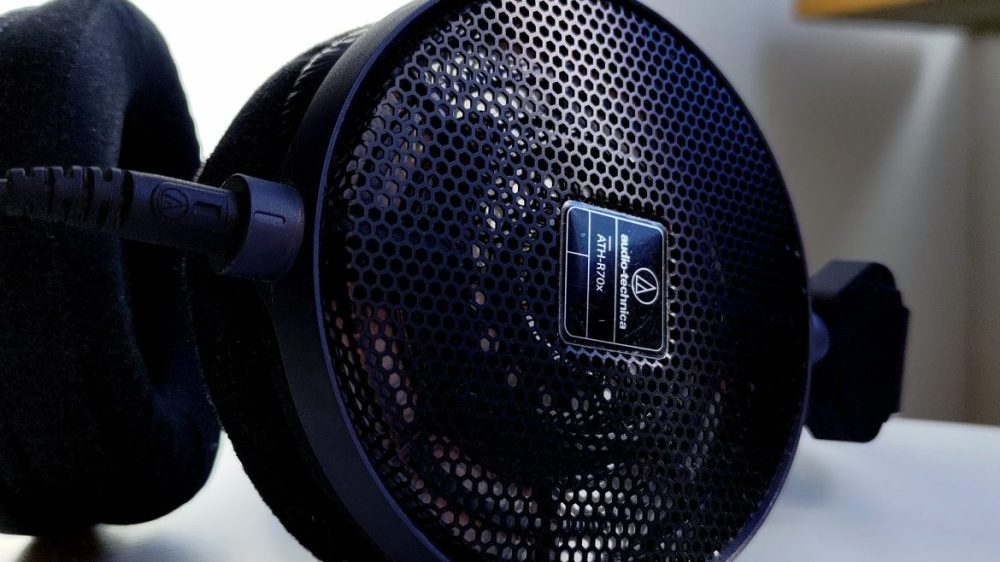
ATH-R70x – The Soundstage
High frequencies (High-range)
The ATH-R70x does not deliver the expected clarity at the highest frequencies. The treble response exhibits a degree of muffling, prompting the user to consider EQ adjustments to enhance clarity. This can result in a somewhat nasal character, leaving the listener desiring more definition and bite.
Mid frequencies (Mid-range)
In contrast to the high frequencies, the mid-range performance reveals a distinct strength: an impressively wide and expansive soundstage. The ATH-R70x’s spatial presentation can alter the perceived character of familiar music, revealing previously unnoticed nuances, loops, and subtle effects. This expansive width may not be universally appealing, particularly across all musical genres. In compositions like Hans Zimmer’s – Buyer Beware, the expansive soundstage complements the piece effectively. However, with music demanding greater focus and tightness, such as Tower of Power’s – Soul With A Capital ´S´, the width becomes detrimental, blurring the musical focus.

Low frequencies (Low-range)
Similar to the mid-range, the bass response is well-defined, delivering both power and precision. The expansive soundstage allows the bass to act as a cohesive and grounding force, unifying the frequency ranges into a harmonious whole. The low frequencies capably reproduce both lively bass drums and resonant bass loops. While not inherently bass-heavy, the ATH-R70x possesses ample capacity in this range, earning it a favorable assessment.
The overall soundstage
Ultimately, the somewhat subdued treble response detracts from the overall listening experience, sacrificing crispness and detail. The exceptionally wide soundstage proves advantageous in certain contexts but becomes a liability in others. While the overall sonic performance remains commendable, it’s not universally optimal. John Powell’s – Once There Were Dragons, with its diverse instrumentation, provides ample opportunity for the ATH-R70x to demonstrate its strengths, resulting in a compelling performance. However, Armin van Buuren’s – Beautiful Life, requiring greater sonic density, reveals its limitations.
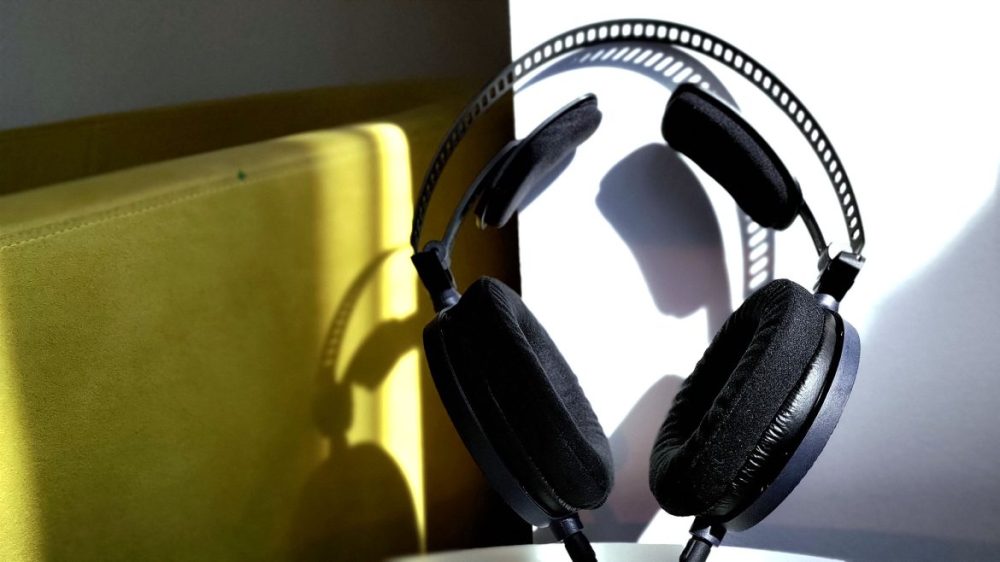
Conclusion – ATH-R70x
As previously stated, the ATH-R70x is a unique product. These headphones offer excellent reference-grade performance; however, their distinctive characteristics may limit their versatility. While these same characteristics can be advantageous in specific scenarios, the innovative suspension system, despite its initial promise, ultimately fails to maintain a secure fit, requiring frequent readjustment.
The primary challenge for the ATH-R70x in this price bracket is the presence of numerous competitive alternatives. While some alternatives may exhibit a slightly higher weight, they often offer greater overall usability, with a more balanced open design, significantly lower impedance, and frequently, a more attractive price point. Careful consideration is therefore recommended, as the ATH-R70x demands careful pairing to fully realize its potential.
Audio-Technica provided a test unit for this review. The provision of review units does not influence our editorial independence.
- Playlist for testing
- Thomas Bergersen – Empire of Angels
- Tower of Power – Soul With A Capital ´S´
- Solar Fields – Sombrero
- Agnes Obel – Familiär
- Alan Jackson – Drive
- Von Dinkelmeyer – Countach 1988
- John Powell – Once There Were Dragons
- Armin van Buuren – Beautiful Life
- Dawn Upshaw – Lorsque Vous N’Aurez Rien A Faire (from Cherubin)
- Christian Sandquist, Nina Fylkegård – Wanderers
- Hans Zimmer – Buyer Beware
